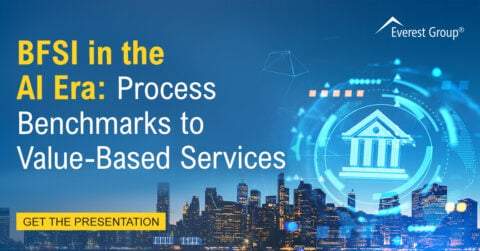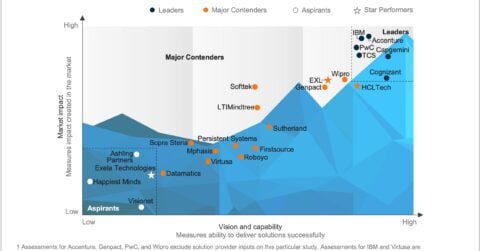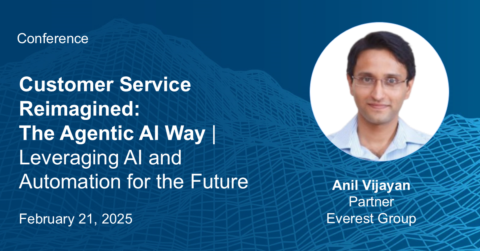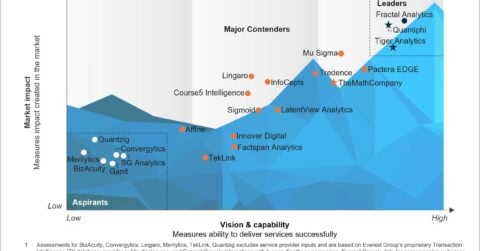Reimagine growth at Elevate – Dallas 2025. See the Agenda.
Filter
Displaying 11-20 of 530
BFSI’s New Value Frontier: Systems of Execution for Tech and Tech Services | Webinar
On-Demand Webinar
1 hour
Scaling Smart: The Philippines as a Strategic GIC Hub
June 4, 2025
On-Demand LinkedIn Live
1 hour
Future-ready CX: How Brands Are Prioritizing Customers and AI Amid Disruption | LinkedIn Live
June 3, 2025
On-Demand LinkedIn Live
1 hour
Customer Service Reimagined: The Agentic AI Way | Conference
Friday, February 21
09:00 AM
Hotel Taj MG Road, Bengaluru, India










